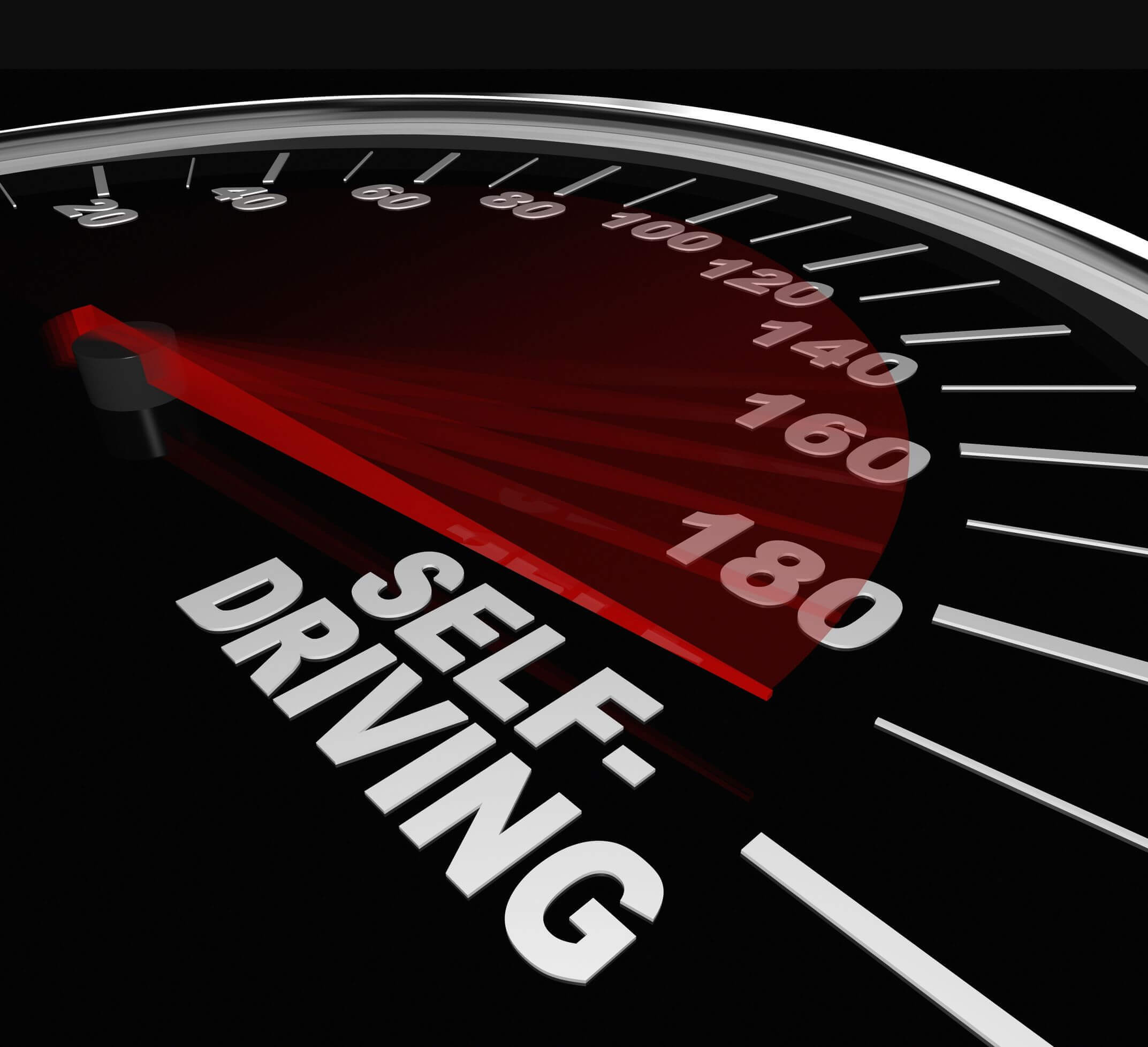Texting while driving. Falling asleep at the wheel. Driving after a few too many beers.
What do all of these mistakes have in common? They are all common causes of fatal car accidents, and they are all caused by humans.
“To err is human,” as the saying goes. That’s why car accidents frequently occur despite the best efforts of our society and government to prevent them. Nobody’s perfect, so you can’t expect our roads to be—right?
The innovators and engineers at Google and other major car manufacturers are out to change this. Throughout recent years, these manufacturers have been developing and testing fully autonomous vehicles—robotic cars that can navigate without a human driver. These self-driving vehicles use tools such as radar, GPS, and computer vision to navigate and sense their surroundings, identifying roads, obstacles, and traffic signals.
While you can’t go out and buy an autonomous vehicle today, it looks as though it will be a short matter of time before these smart cars appear on the market. The commercial use of these vehicles has already kicked off, with several companies testing out the use of driverless military trucks and mining machines. Many states—including Florida, California, and Nevada—have passed legislation for driverless cars, granting auto manufacturers permission to test autonomous vehicles on their roads.
The Potential Benefits of Driverless Cars
According to the Rand Corporation in their report, Autonomous Vehicle Technologies, Liability of Drivers, and Insurance, putting autonomous vehicles on the road in the place of human drivers can reduce the number of auto accidents. “Human error causes the vast majority of crashes today, and, by reducing the risk of human error, AV technologies can reduce the incidence of crashes,” the report maintains. After all, computers do not get sleepy or sidetracked, and will be far more aware of their surroundings than most humans.
And reduced potential for human error is only one of the potential benefits of driverless cars. Autonomous cars may help to prevent traffic jams and congestion, resulting in fewer fuel emissions. No more will drivers have to lose hours to commutes, instead using the time to work or relax. In addition, autonomous cars can provide a means for disabled and blind people to travel safely.
Concerns and Liability Issues
Sounds great, right? However, there are still some concerns surrounding the use of driverless vehicles.
Road planning. Integrating autonomous cars into our transportation system will require extensive planning. For cars to operate without a driver, road safety and driving laws that have been in place for generations will have to be revised. Road and traffic signals must be perfectly planned to the last detail for systems to be able to navigate them without confusion.
Incapacity for human interaction. Simple hand signals from construction workers and police officers will be difficult for cars to interpret. Additionally, the negligent and aggressive habits of the cars’ fellow human drivers might confuse the vehicles’ navigation systems. As executive director of the Center for Automotive Research at Stanford University Sven A. Beiker suggested to reporters in a New York Times article, an autonomous car may be “so polite it might be sitting at a four-way intersection forever, because no one else is coming to a stop.”
Technology problems. There’s also potential for technological disasters. Since vehicles will rely on satellite data, they are susceptible to attacks from hackers. Malicious hacking can cause extensive harm to computers and phones, and the potential for harm only increases when large, fast-moving vehicles are hacked. Additionally, autonomous cars filled with explosives could be used as weapons and bombs by terrorists.
Elimination of transportation-related jobs. If autonomous cars become widespread, automobile technicians, public transportation officials, and insurance agents may find themselves without an industry.
Liability and regulation issues. Regulation and liability questions abound. If there’s no driver behind the wheel, who will be held accountable if there is a problem—the person using the car or the manufacturer? What happens if a police officer wants to pull the car over? Will a self-driving car require a special kind of insurance?
Even though these autonomous vehicles can promote efficiency and eliminate human error, they can’t prevent accidents completely. And when an accident occurs, it will be difficult to prove fault if you are injured. When dealing with the complex issue of proving liability after a car accident—whether between two human drivers, a human driver and a robot driver, or two robot drivers—it’s best to contact an experienced auto accident attorney. A knowledgeable lawyer can help you navigate complicated liability laws, protect your rights, and obtain fair compensation after an accident.






